
What Is CBG And How Does It Compare To CBD?
Science is beginning to unveil the potential of many formerly untapped cannabinoids. CBG is one of them. How does this up-and-coming chemical compare to CBD?
The cannabis plant produces a diverse array of molecules, including well over 100 cannabinoids. Limited clinical trials and animal studies have demonstrated the potential of THC and CBD. As researchers begin to study their cannabinoid counterparts, the hype is developing around other compounds, like cannabigerol (CBG). Scientists have uncovered numerous promising attributes, piquing the interest of researchers and businesses alike.
WHAT IS CBG?
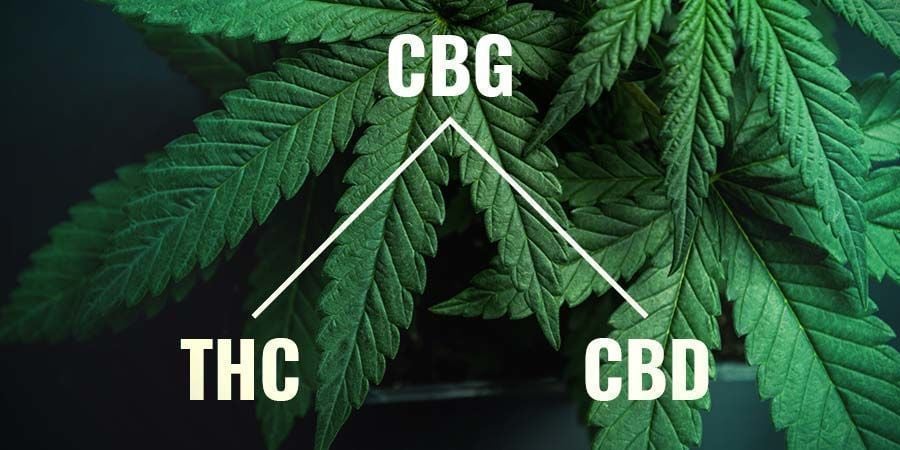
Israeli organic chemist and cannabinoid "godfather" Raphael Mechoulam first isolated CBG, alongside THC, in 1964. Shortly after, research[1] published in the journal Psychopharmacologia assessed no behavioural changes in rhesus monkeys who were administered with the molecule. It was ruled non-psychoactive. CBG is classed as a minor cannabinoid, occurring in low concentrations in landrace and selectively bred strains. However, breeders have developed chemovars with CBG profiles of 100% by eliminating certain enzymes. These strains are destined to draw significant attention as CBG research advances.
THE MOTHER MOLECULE
Researchers have labelled CBG the “parent” or “stem cell” cannabinoid as it’s the central chemical precursor to many other cannabinoids. Specific enzymes convert CBG into corresponding molecules. This is known as cannabinoid biosynthesis. All cannabinoids first exist as cannabinoid acids in the raw plant. High temperatures initiate a reaction known as decarboxylation, which removes a carboxyl group from each molecule. This reaction, for example, transforms THCA into THC and CBDA in CBD. By this logic, CBG exists as CBGA in the raw plant.
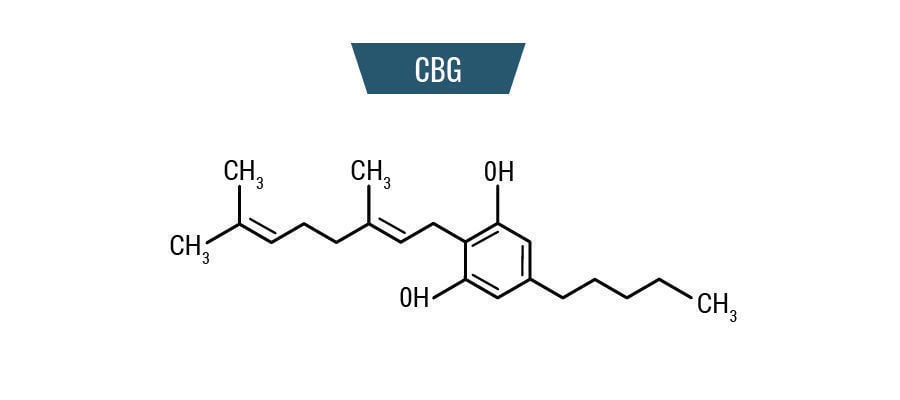
The enzyme CBGA synthase converts several organic compounds into CBGA. Additional enzymes then break down the mother molecule into major cannabinoids, depending on the reaction. THCA synthase, CBDA synthase, and CBCA synthase use CBGA as a substrate to produce the respective cannabinoid acids. Non-enzymatic processes create more than 60 other cannabinoids from CBGA.
MECHANISM OF CBG
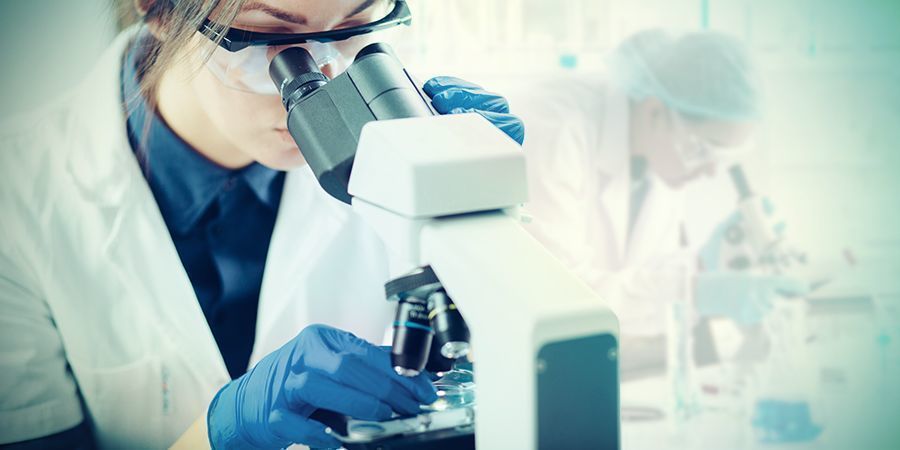
Aside from its key role in cannabinoid biosynthesis, CBG has been probed scientifically for its potential benefits. The molecule exerts multiple mechanisms of action, partially activating CB1 and CB2 receptors[3] of the endocannabinoid system and stimulating the vanilloid receptor-1.
Let’s explore what science has to say about CBG. How do these mechanisms impact the body? And what is the quality of the existing data?
CBD VS CBG: SIMILARITIES AND DIFFERENCES
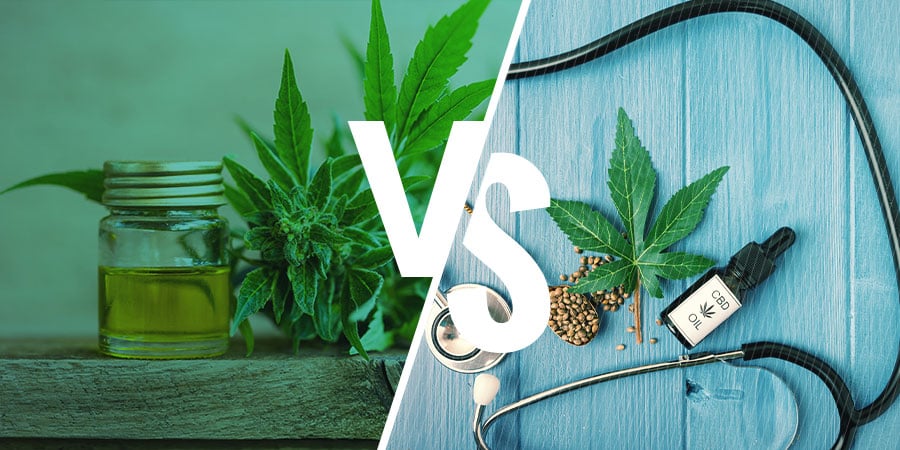
CBD and CBG bear several similarities and differences. However, comparing the two at this stage is relatively futile. Much more high-quality research has been poured into CBD. Other likenesses and distinctions could exist that we’re simply not aware of yet. But let’s take a look at what we do know.
-
BOTH CBD AND CBG ARE NON-PSYCHOACTIVE
CBD and CBG have a low binding affinity for the CB1 receptor, whereas THC achieves its psychotropic effects by stimulating this site in the central nervous system. CBG acts as a partial agonist to this receptor, stimulating it to a degree wherein no psychotropic effect occurs. However, both CBD and CBG work as antagonists to the CB1 receptor as well, temporarily inhibiting the uptake of the endocannabinoid anandamide.
The non-psychotropic nature of CBG and CBD makes them appealing candidates for clinical study, as many consider the "high" caused by THC to be an undesirable side effect.
-
CBG MAY IMPROVE APPETITE
Cannabis is known to increase appetite. This mechanism manifests as “the munchies”, a state of intense hunger and cravings. THC has long been associated with this phenomenon. However, a 2016 study published in the journal Psychopharmacology states that cannabis extracts void of THC still induce hunger.
The authors explain that CBG could be the cause of appetite enhancement. In rats, CBG more than doubled total food intake and increased the number of meals. In contrast, CBD was shown to reduce hunger.
A FRUITLESS COMPARISON?
It’s helpful to compare cannabinoids to explore the possible applications of each. However, the research is too limited to draw concrete conclusions. Future high-quality research is the only way to accurately compare the properties of these fascinating molecules.
HIGH-CBG STRAINS
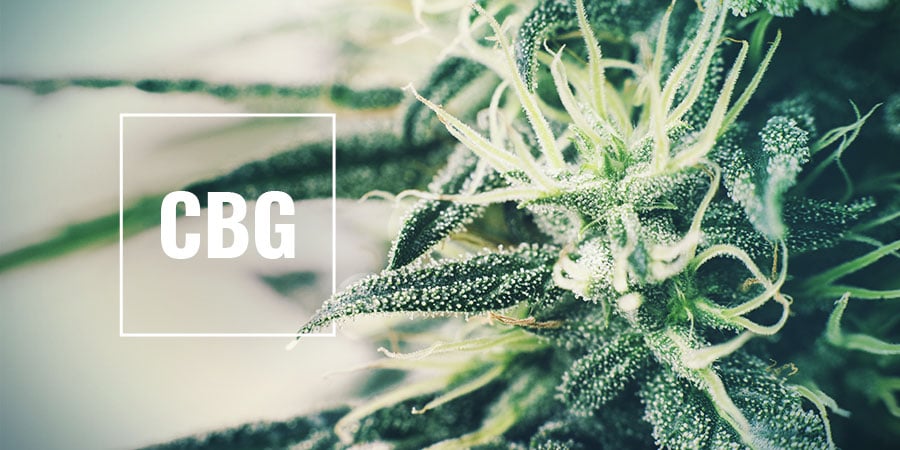
The cannabis community hasn’t paid much attention to CBG. We can’t fault them either—the research is shallow and incomplete. Breeders will likely turn their focus to the cannabinoid as more studies confirm its actions. Selective breeding for high levels of CBG is likely. However, some strains already exhibit relatively high levels of the cannabinoid.
Destroyer is one example of a high-CBG variety. Breeders created this pure sativa cultivar by blending Meao Thai with a Mexican/Colombian hybrid. Her flowers are rich in different cannabinoids, producing 20% THC, 1% CBD, and high levels of CBG. This mix provides a clear and lucid head high.
Exodus Cheese is another high-CBG strain. The dense flowers of this indica-dominant specimen produce 18% THC, 0.2%, CBD, and 0.26% CBG. The high is deeply stoning..
- (2017/01/01). The Biosynthesis of Cannabinoids - https://www.sciencedirect.com
- (2017/01/01). Cannabis Pharmacology: The Usual Suspects and a Few Promising Leads - https://www.sciencedirect.com
- (2016/03/01). Cannabidiol in patients with treatment-resistant epilepsy: an open-label interventional trial - https://www.sciencedirect.com
- Brierley, Daniel I, Samuels, James, Duncan, Marnie, Whalley, Benjamin J, Williams, & Claire M. (2016, October). Cannabigerol is a novel, well-tolerated appetite stimulant in pre-satiated rats | SpringerLink - https://link.springer.com
- Davis, John B., Gray, Julie, Gunthorpe, Martin J., Hatcher, Jonathan P., Davey, Phil T., Overend, Philip, Harries, Mark H., Latcham, Judi, Clapham, Colin, Atkinson, Kirsty, Hughes, Stephen A., Rance, Kim, Grau, Evelyn, Harper, Alex J., Pugh, Perdita L., & Ro. (2000, May). Vanilloid receptor-1 is essential for inflammatory thermal hyperalgesia | Nature - https://www.nature.com
- Ethan B Russo. (2008, February). Cannabinoids in the management of difficult to treat pain - https://www.ncbi.nlm.nih.gov
- Grunfeld, Y., Edery, & H. (1969, January). Psychopharmacological activity of the active constituents of hashish and some related cannabinoids | SpringerLink - https://link.springer.com
- Paula Morales, Dow P. Hurst, & Patricia H. Reggio. (2017). Molecular Targets of the Phytocannabinoids-A Complex Picture - https://www.ncbi.nlm.nih.gov
-
 7 min
15 February 2022
What Is The Endocannabinoid System?
The endocannabinoid system is a fascinating network of channels and receptors that spans the length and breadth of the human body. Involved in everything from cognition and learning to appetite and...
7 min
15 February 2022
What Is The Endocannabinoid System?
The endocannabinoid system is a fascinating network of channels and receptors that spans the length and breadth of the human body. Involved in everything from cognition and learning to appetite and...
-
 5 min
8 March 2021
Best CBD Strains To Grow At Home In 2025
Explore this range of top-tier CBD strains, each of which offers high levels of the non-psychotropic cannabinoid. You'll also get a taste for some of the tastiest terpene profiles available....
5 min
8 March 2021
Best CBD Strains To Grow At Home In 2025
Explore this range of top-tier CBD strains, each of which offers high levels of the non-psychotropic cannabinoid. You'll also get a taste for some of the tastiest terpene profiles available....
-
 5 min
21 October 2019
The Best CBD and THC Cannabis Strains for Pain Relief
You probably already know that cannabis is widely thought to help manage pain, but with so many different cannabis strains with various pain relief properties available, choosing the right strain...
5 min
21 October 2019
The Best CBD and THC Cannabis Strains for Pain Relief
You probably already know that cannabis is widely thought to help manage pain, but with so many different cannabis strains with various pain relief properties available, choosing the right strain...
-
 3 min
5 October 2019
What Is CBDA And How Is It Different From CBD?
Cannabidiolic acid, otherwise known as CBDA, is a cannabinoid found within raw cannabis. Upon heat exposure or prolonged drying, CBDA is transformed into CBD. However, CBDA has been shown to have...
3 min
5 October 2019
What Is CBDA And How Is It Different From CBD?
Cannabidiolic acid, otherwise known as CBDA, is a cannabinoid found within raw cannabis. Upon heat exposure or prolonged drying, CBDA is transformed into CBD. However, CBDA has been shown to have...














 United States
United States










